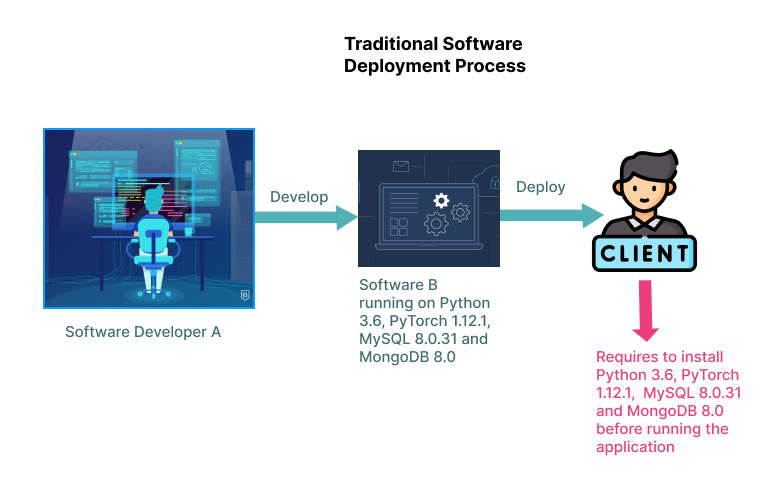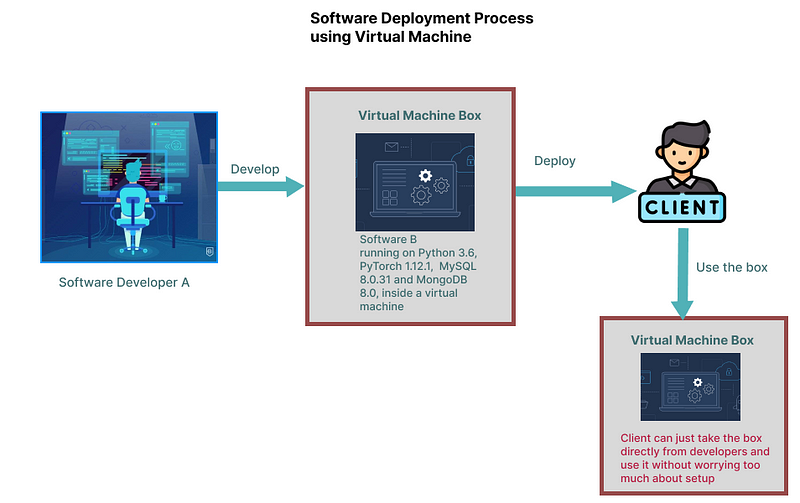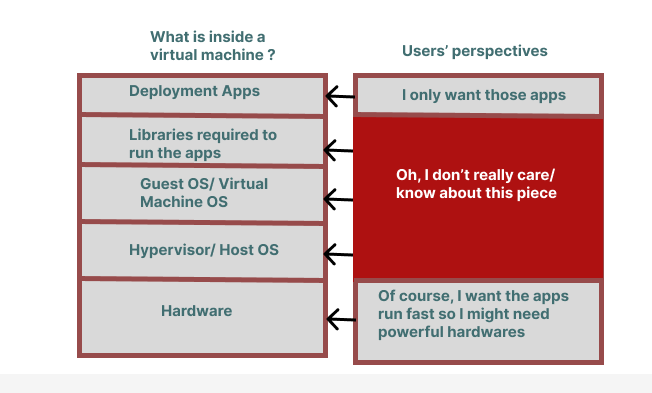Exploring the Debate: Are Containers Superior for Software Deployment?
Written on
Understanding the Software Deployment Landscape
With the rise of containers for software deployment, a pressing question emerges: can containers entirely supplant virtual machines and establish themselves as the gold standard?
The Challenge of Deployment Environments
One of the most prevalent challenges in software deployment revolves around the environment setup. Developers can successfully create their products, but once these products are installed on end users’ devices, the necessity for proper environment configuration often leads to complications.

Image by Fotis Fotopoulos on Unsplash
This setup process frequently results in numerous errors for users, particularly when dealing with complex software. Consequently, a primary objective in software development is to streamline installation processes, which is where virtual machines come into play.
Utilizing Virtual Machines for Simplified Deployment
Virtual machines (VMs) allow developers to package software within a self-contained environment, making it easier for users to access without worrying about the internal workings. Users can simply receive a VM from developers and begin using it.

Image Created by author
However, do VMs truly address the issues related to software deployment? A closer examination of VMs reveals that they often include unnecessary components.

Image created by author
In essence, VMs provide users with more than they require. Users are mainly concerned with the applications they intend to use and the performance of the hardware. They typically do not need to engage with the underlying layers of the applications.
This tendency leads to virtual machine deployment being a resource-intensive solution. If multiple VMs are deployed, it becomes apparent that this approach can waste both resources and time on setups that users find inconsequential.
The Emergence of Container Technology
This realization has paved the way for containers, which present a more efficient alternative to virtual machines while still offering the convenience of a packaged delivery system.
Are Containers Truly More Effective than Virtual Machines?
Containers are inherently lighter than virtual machines, which translates into enhanced flexibility, reduced complexity in setup, and lower costs in software deployment. This scalability and efficiency are key reasons for the rising popularity of container technology.
In each container, only the essential applications are included — the components that matter to users. Statistical evidence shows that containers can boot up significantly faster than virtual machines, providing a marked advantage.

Nevertheless, it is important to recognize that no solution is without its drawbacks. To maintain their lightweight nature, containers often share underlying layers, such as libraries and host operating systems.
This shared architecture raises potential security and isolation issues; if one container engages in harmful activity, it could jeopardize the entire host system and other containers. Conversely, virtual machines offer stronger isolation, ensuring that one VM’s failure does not impact others.

Image created by author
Chapter 2: Additional Insights on Deployment Strategies
This video titled "Serverless vs Containers: Which is Best for Modern Application Deployment?" delves into the comparison of these two deployment methods, offering valuable insights.
The video "AWS re:Invent 2019: Top 5 container and Kubernetes best practices (CON307-S)" discusses essential practices for effectively using containers and Kubernetes.